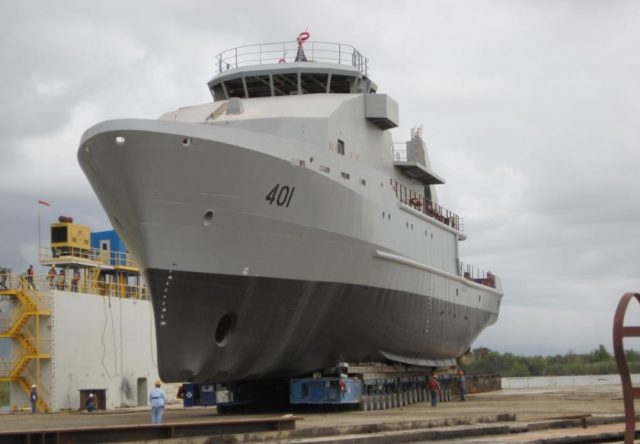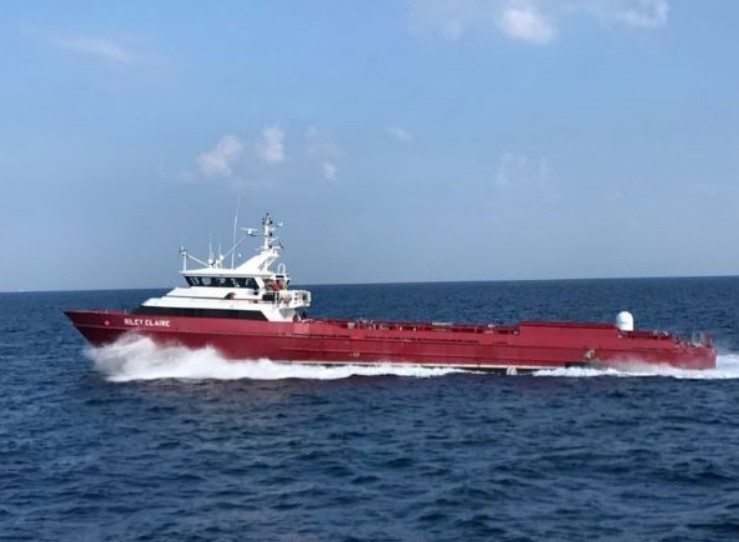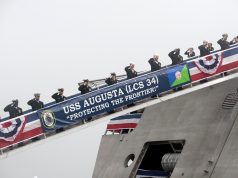
The US Navy has selected six companies for further work on its large unmanned surface vessel (LUSV) program which foresees the navy putting the first LUSVs to use by the end of 2024.
After issuing a request for proposals in September 2019, the US Naval Sea Systems Command (NAVSEA) now awarded contracts totaling a little under $42 million to six companies for LUSV studies.
Each contract includes an option for engineering support that if exercised would bring the cumulative value for all awards to $59,476,146.
The firm-fixed price contracts were awarded to Huntington Ingalls, Lockheed Martin, Bollinger Shipyards, Marinette Marine, Gibbs & Cox, and Austal USA.
These contracts were established in order to refine specifications and requirements for a LUSV and conduct reliability studies informed by industry partners with potential solutions prior to competition of a detail design and construction contract.
“These studies contracts will allow the navy to harvest the learning from our land- and sea-based prototyping efforts and work directly with industry to refine the requirements for an affordable, reliable, and effective Large Unmanned Surface Vessel and reduce risk for a future design and construction competition,” said Capt. Pete Small, program manager, Unmanned Maritime Systems (PMS 406), within the Program Executive Office, Unmanned and Small Combatants at Naval Sea Systems Command.
The US Navy’s LUSV fleet is expected to be between 200 and 300 feet long, with a displacement between 1,000 and 2,000 tons. Based on commercial ship designs, the LUSV will be capable of carrying modular payloads with a particular focus on anti-ship and land-attack missiles. According to a Congressional Research Service report, the LUSV will be able to operate either independently or with sailors on board.
The navy is already experimenting with existing commercial fast supply vessels that were converted to unmanned surface vessels under a program called the Ghost Fleet Overlord. The program is playing a vital role in informing the navy’s classes of medium and large unmanned surface vessels. The second Overlord phase, which will focus on the integration of government-furnished command-and-control systems and payloads and involve more complex and challenging naval experimentation, will complete in fiscal year 2021 at which point the Overlord vessels will transition to the navy for further experimentation.



























